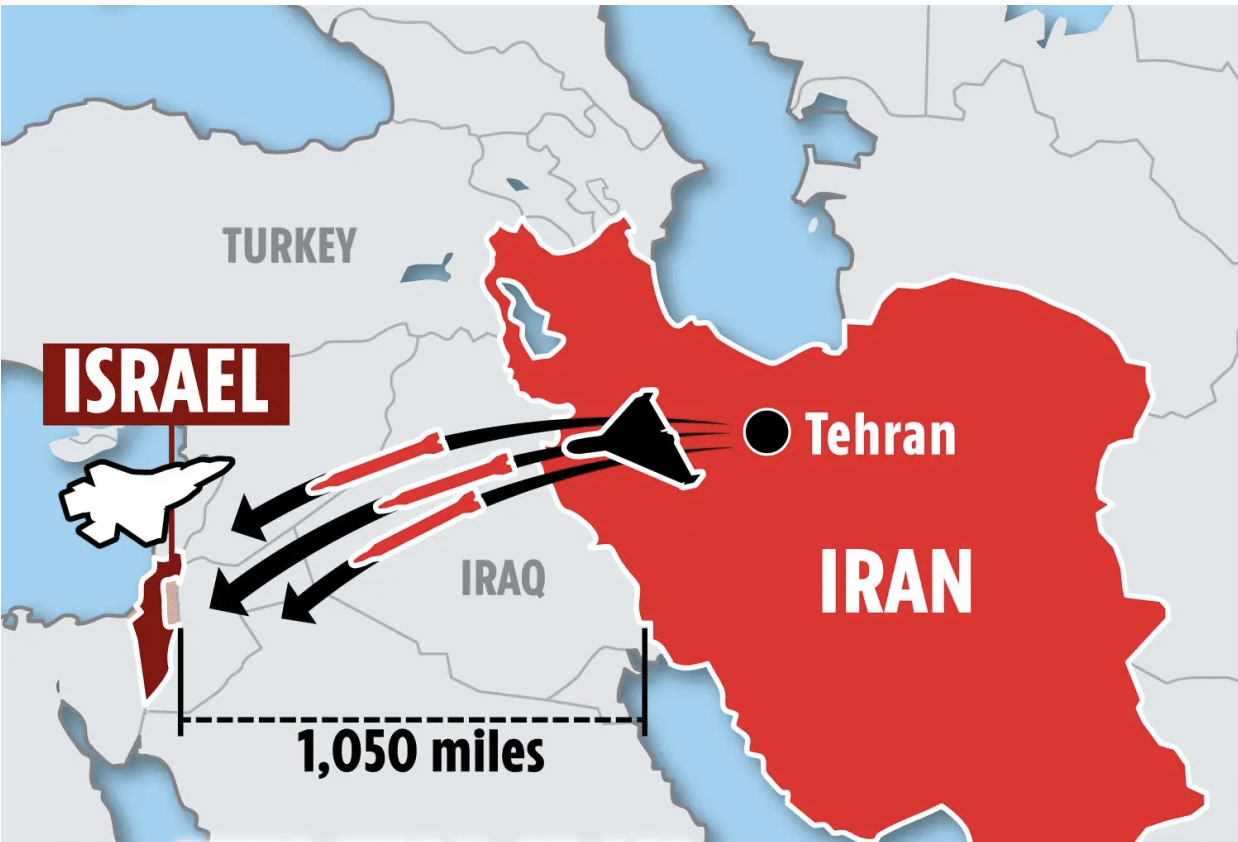In an average week Iceland’s national monitoring seismic network detects around 500 earthquakes. If one of the volcanoes is hit by an earthquake swarm this number can be even higher. The reason for this seismic activity is the location of Iceland on top the Atlantic ridge, the divergent boundary between the Eurasian and North American tectonic plates: As the two plates drift in opposite directions Iceland is in effect slowly being split apart. The rate of spreading along
the Mid-Atlantic Ridge averages about 2.5 centimeters (1 inch) per year, or 25 kilometers (15.5 miles) in a million years. The volcanic zones in Iceland are directly above the boundary of the tectonic plates. These extend east from Reykjanes peninsula in the S.W. where the Reykjanes ridge part of the North Atlantic ridge effectively rises above the sea level, and north-east from Mýrdalsjökull glacier in South Iceland, beneath the western part of Vatnajökull glacier, the Central Highlands, extending north into the Arctic. READ MORE

















